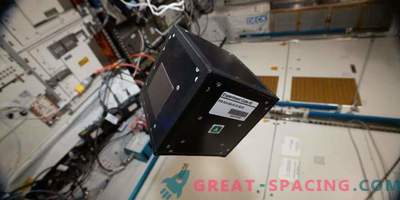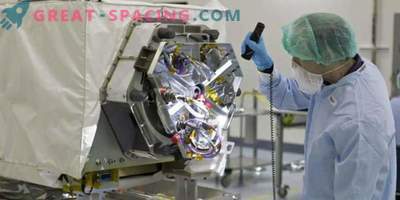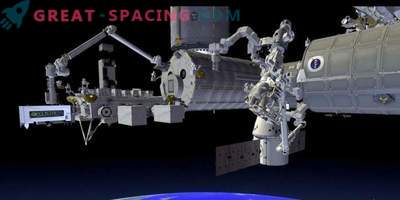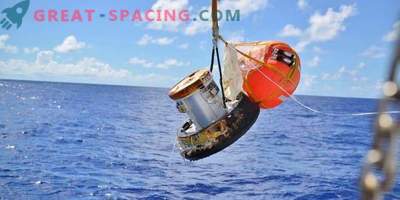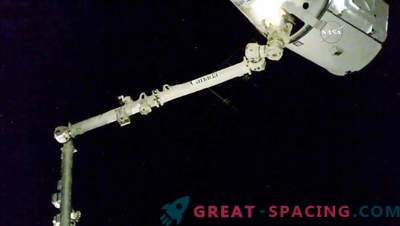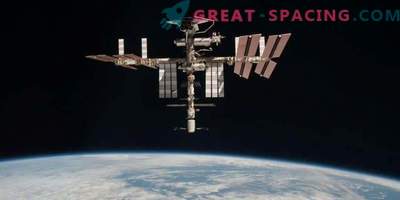
The ISS provides a unique opportunity to conduct long-term experiments in the absence of gravity and in interaction with other spacecraft systems that are not available in any other laboratory. Additional insights come from the presence of the ISS crew observing and interacting with these experiments and participating in the discovery process.
Liquids and clear water
In cosmic vacuum or in relative comfort of the earth's surface, access to clean water is necessary for living organisms. The problems associated with the movement and processing of liquids, such as water, using compact, reliable systems in microgravity in space, have led to progress in the ways of cleaning water sources on earth. Test methods developed to ensure water quality on the International Space Station (ISS) have led to success in monitoring water here on Earth. Studies of the basic dynamics of the movement of liquids in space also led to advances in the field of medical diagnostic devices. Advanced ISS technology supports worldwide water purification efforts. The fluid flow concept tested in space contributes to the diagnosis of infectious diseases.
Materials
MKS provides a unique laboratory environment for testing new materials. Under microgravity conditions, sedimentation and convection due to buoyancy do not occur, which allows us to observe how materials change and develop over longer periods of time. This allows researchers to manipulate their materials in unique ways. These capabilities lead to a better understanding of how material processes work on Earth, which allows us to produce new materials with well-defined structures, increased strength and better functionality.
Transport Technologies
The science of combustion is one of the longest research areas on the International Space Station (ISS). Long-term observations are made to understand how simple and more complex types of fuel burn in space! Understanding this process in microgravity conditions helps us to improve the combustion model on Earth, where gravity and turbulent convection currents due to buoyancy make this process too difficult to model. Recent observations on the ISS have shown that the phenomenon known as the “cold flame” can be observed in in-orbit combustion chambers in order to understand how burning at lower temperatures may find use in more efficient fuel use and the development of new internal combustion engines in the future.
Robotics
The key to enhancing flights in space is the ability of robots to work with the crew to more effectively perform the necessary tasks. These tasks include tasks that are monotonous or risky and impose on astronauts time to focus on scientific experiments. The International Space Station provides an excellent platform where these operational concepts and procedures can be developed, tested and developed in a real space environment, while demonstrating the effectiveness and reliability of robotic systems for a long time. Requirements for the accuracy and reliability of space robotics have led to the creation of dual-use technologies and enhanced capabilities of robots for use on Earth. Thus, the research portfolio of the ISS includes a lot of engineering and technological research aimed at using these capabilities. Experiments are being conducted to study thermal processes, nanostructures, liquids, and other physical characteristics in order to develop these technologies and provide new innovations in these areas. New research materials, technologies and engineering developments on the ISS are transformed into benefits for economic development and quality of life.
Source: https://poznavaemoe.ru/






